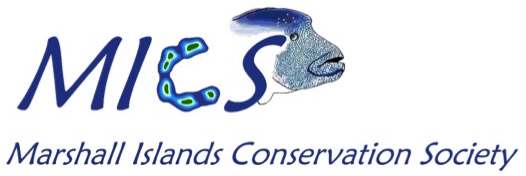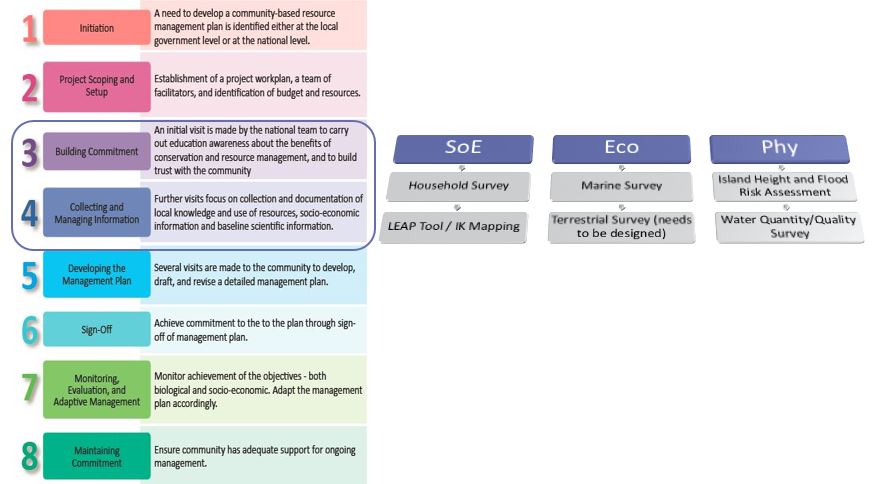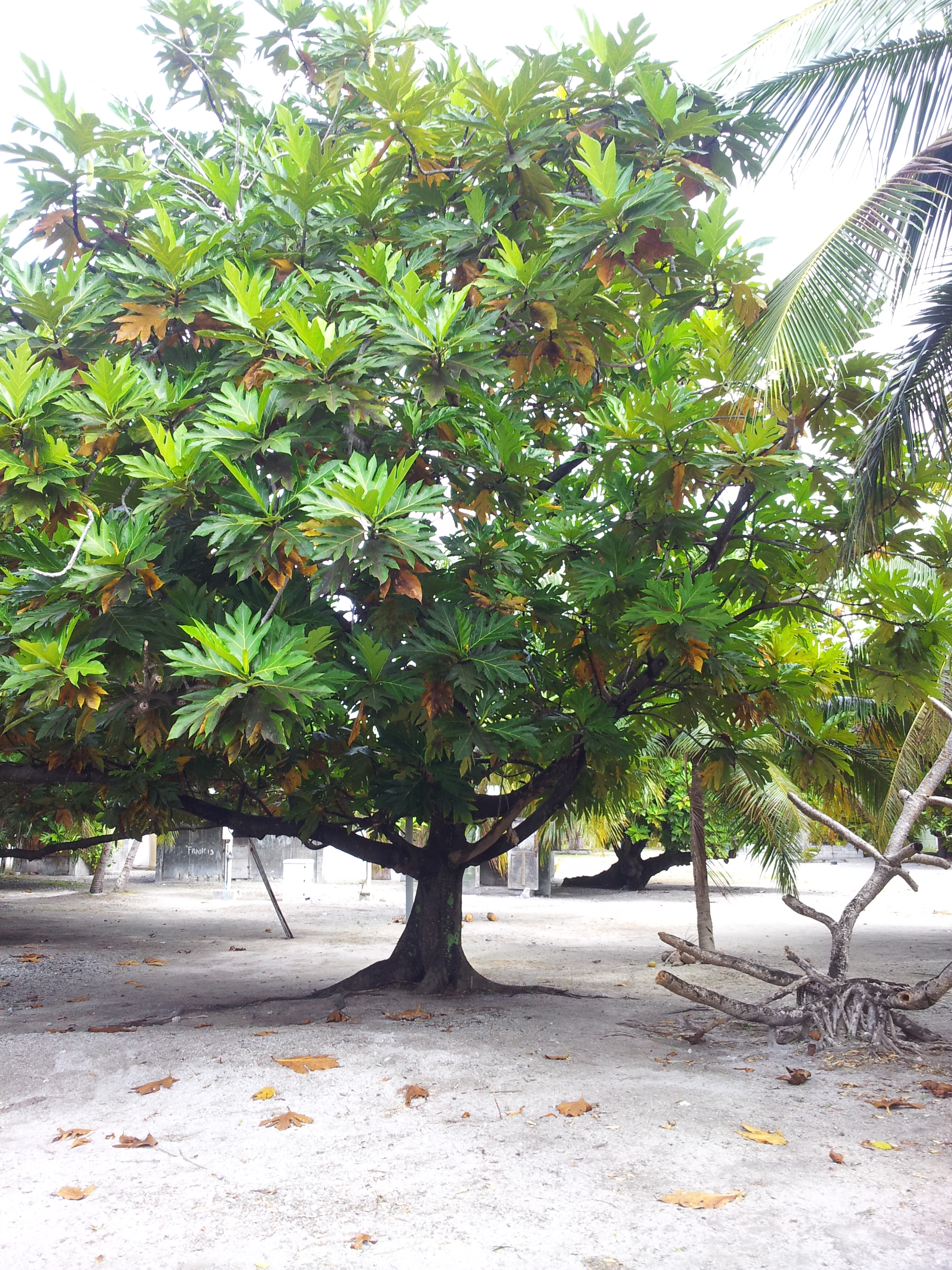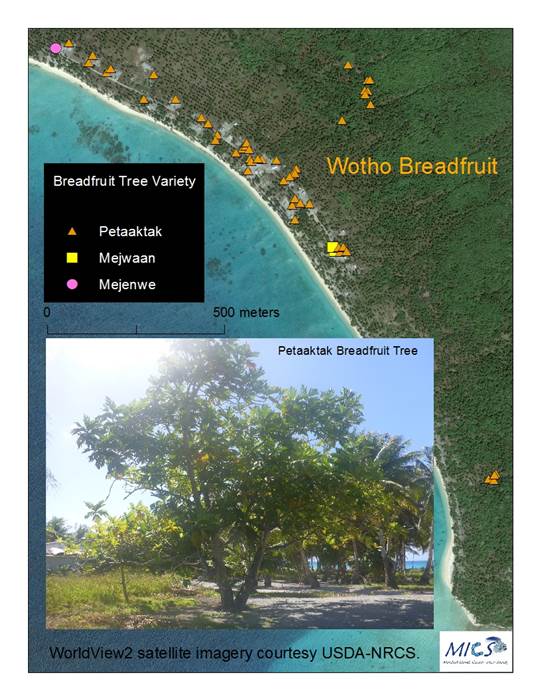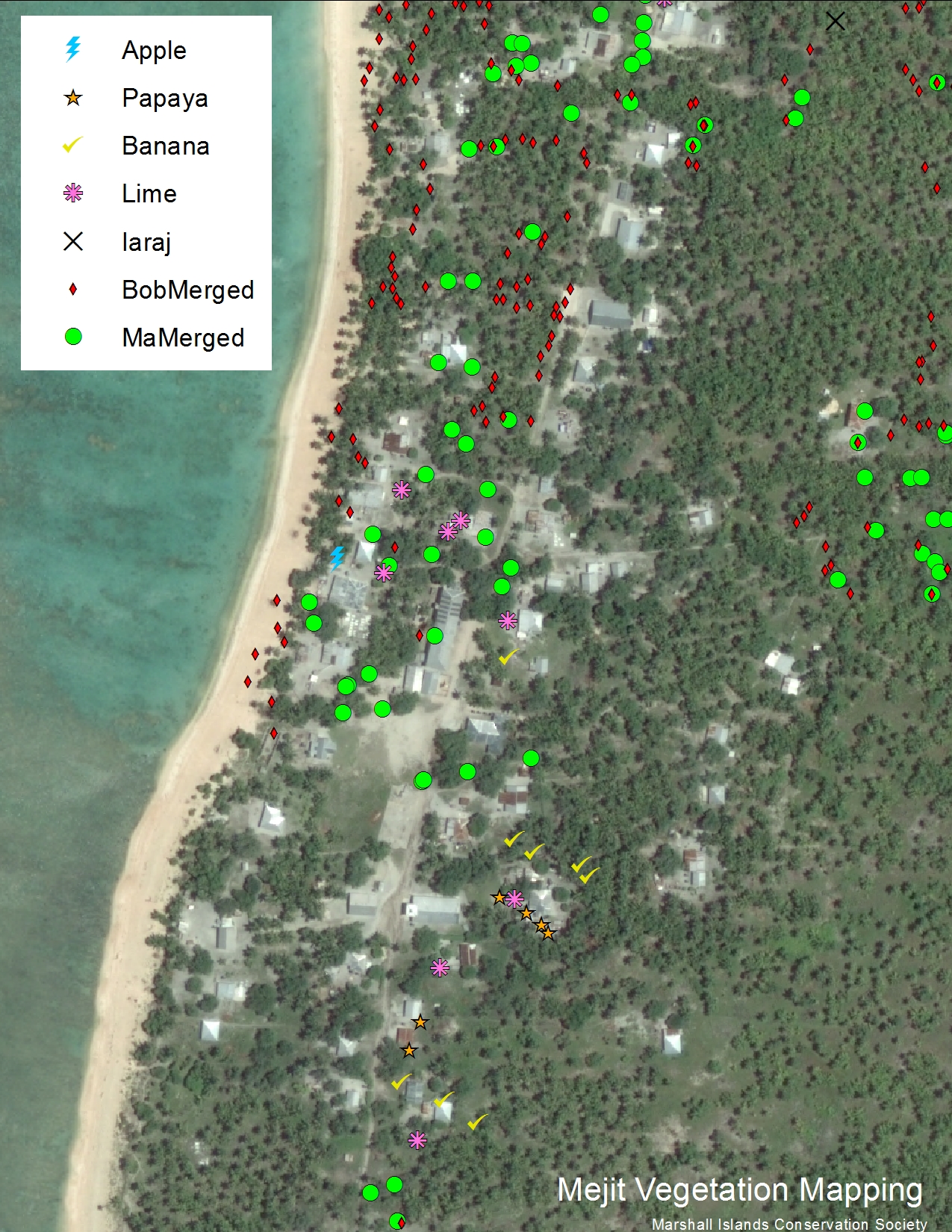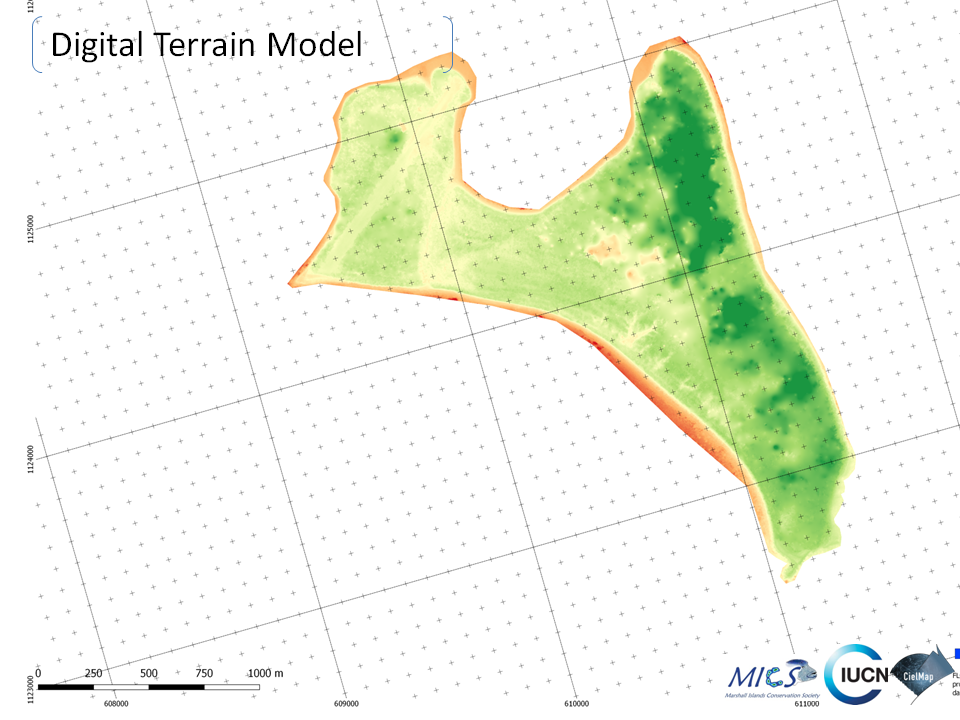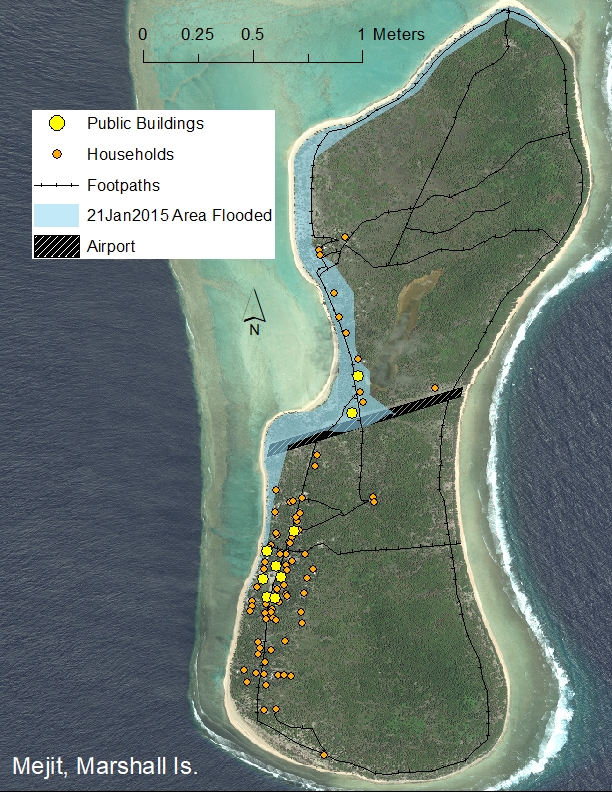Why Are Conservation Efforts Important?
Atolls are barrier reefs grown atop both subsiding volcanic edifices dating back tens of millions of years and episodic coral reef growth and discontinuity relative to sea level along millennial timescales. The atolls of the Marshall Islands in the Central Pacific Ocean have been home for millennia to a seafaring society, the stage for critical battles across the Pacific Theater during WWII, and some of the most terrible nuclear experiments mankind has ever conducted. It is also home to the Reimaanlok Framework.
(source)
From the end of the nineteenth century, environmental impacts and threats have increased markedly. Land clearing (e.g. housing, airstrips), plantation development, pollution, waste, commercial fisheries and population have all increased, with climate change and resulting sea level rise emerging as the greatest threat of all. As dynamic and living geological features, the 29 atolls and 5 reef islands of the Marshall Islands need conservation action and stewardship to be resilient against the existential threat climate change poses to Marshallese livelihoods and culture.
